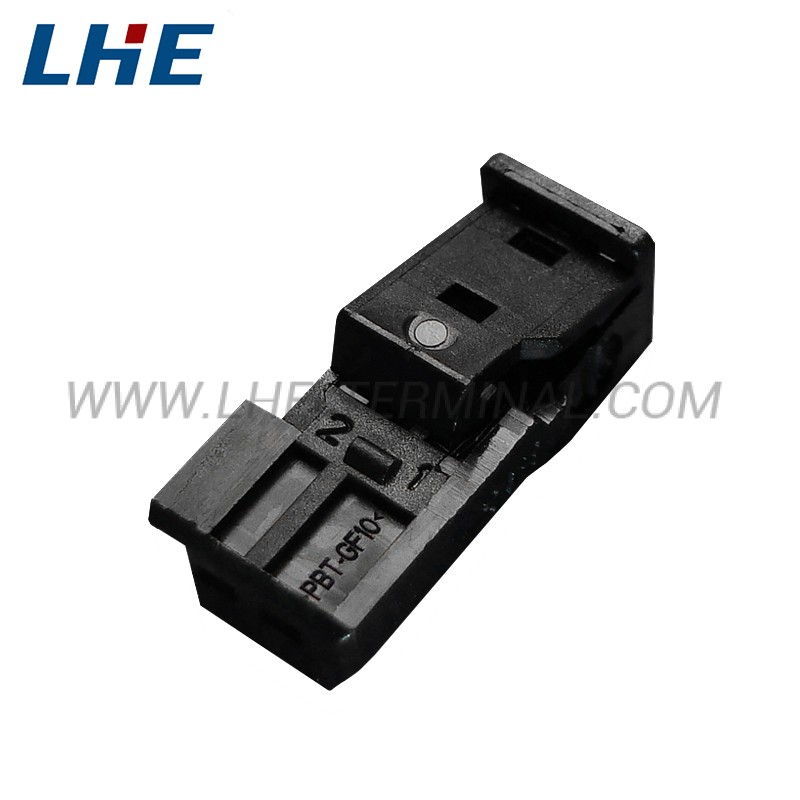As one of the core components of electric vehicles, the motor undertakes the important function of replacing the fuel engine to drive the vehicle, and is the main actuator during the driving process of the vehicle.
Compared with fuel vehicles, the electronic control system of electric vehicles reduces the internal mechanical transmission system of the vehicle, and the overall structure becomes simpler. At the same time, it also reduces the energy consumption of mechanical parts due to friction. A gearbox that is bulky and complex to operate is no longer required, saving the interior space and weight of the vehicle.
The motor drive system is mainly composed of motors, power converters, controllers, sensors, and power supplies.
The basic requirements of new energy vehicles/electric vehicles for motor performance are multi-dimensional, including weight, volume, voltage, power and safety, all of which need to meet the needs and product definitions of different new energy vehicles.

















